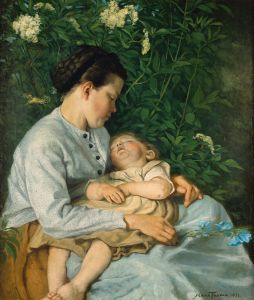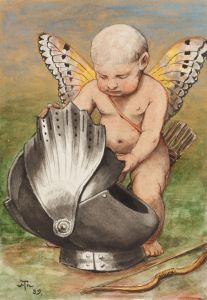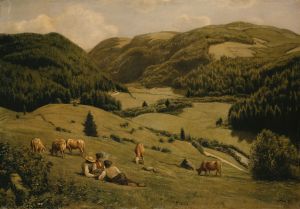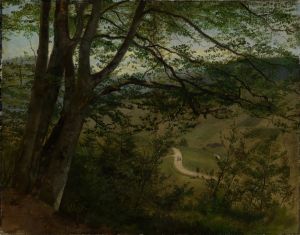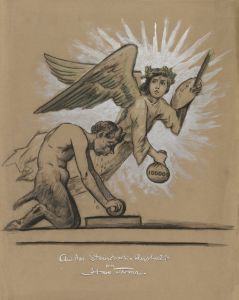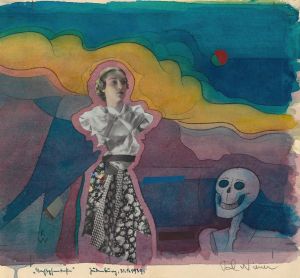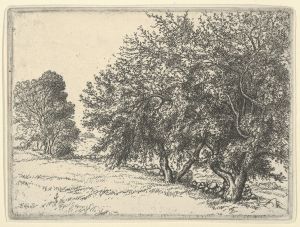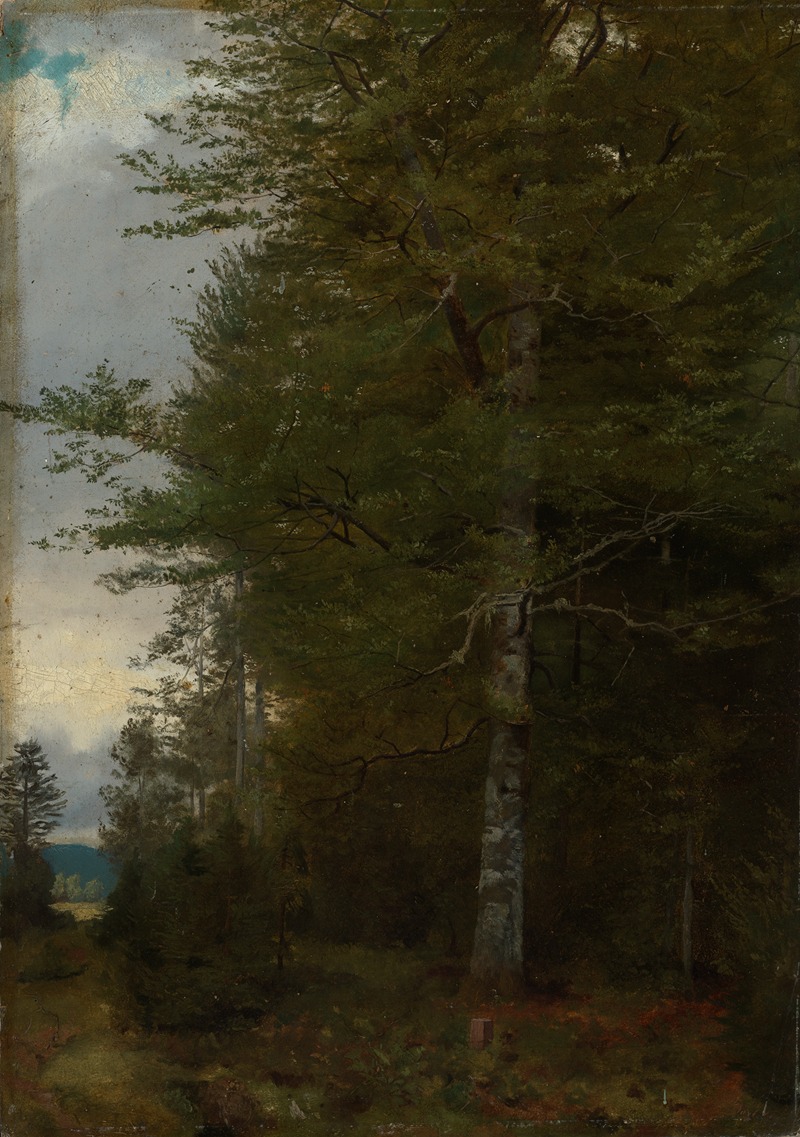
Buche am Waldrand
A hand-painted replica of Hans Thoma’s masterpiece Buche am Waldrand, meticulously crafted by professional artists to capture the true essence of the original. Each piece is created with museum-quality canvas and rare mineral pigments, carefully painted by experienced artists with delicate brushstrokes and rich, layered colors to perfectly recreate the texture of the original artwork. Unlike machine-printed reproductions, this hand-painted version brings the painting to life, infused with the artist’s emotions and skill in every stroke. Whether for personal collection or home decoration, it instantly elevates the artistic atmosphere of any space.
Hans Thoma was a German painter born on October 2, 1839, in Bernau, in the Black Forest region of Germany. He is known for his landscapes, portraits, and genre paintings, which often reflect a deep connection to nature and the German countryside. Thoma's work is characterized by its detailed realism and often idyllic portrayal of rural life.
"Buche am Waldrand" (Beech at the Forest Edge) is one of Thoma's notable works, exemplifying his skill in landscape painting. Although specific details about the painting's creation, such as the exact date, are not widely documented, it is consistent with Thoma's broader body of work that often features natural scenes and elements of the German landscape.
Thoma's style was influenced by his early life in the Black Forest, where he developed a profound appreciation for nature. This connection is evident in "Buche am Waldrand," where the focus is on a solitary beech tree at the edge of a forest. The painting captures the tranquility and beauty of the natural environment, a recurring theme in Thoma's oeuvre. His landscapes often convey a sense of peace and harmony, reflecting the artist's personal affinity with the natural world.
Thoma studied at the Karlsruhe Academy of Fine Arts, where he was exposed to various artistic movements and techniques. His work was initially influenced by the Romantic tradition, but he later incorporated elements of realism and symbolism, which can be seen in the detailed and lifelike representation of the beech tree in "Buche am Waldrand." The painting's composition and use of light demonstrate Thoma's mastery in capturing the essence of the natural world.
Throughout his career, Thoma was associated with the Munich Secession, a group of artists who sought to break away from the traditional academic art of the time. This affiliation allowed him to explore new artistic ideas and techniques, further enriching his work. Despite the changing art movements of his time, Thoma remained committed to his unique style, which celebrated the beauty of nature and the German landscape.
"Buche am Waldrand" reflects Thoma's dedication to portraying the natural world with sincerity and precision. The painting's serene atmosphere and attention to detail are hallmarks of Thoma's approach to art. His work has been celebrated for its ability to evoke a sense of nostalgia and connection to the natural environment, resonating with audiences both in his time and today.
Hans Thoma's legacy as an artist is marked by his contribution to landscape painting and his influence on subsequent generations of German artists. His works, including "Buche am Waldrand," continue to be appreciated for their artistic merit and their ability to capture the timeless beauty of nature. Thoma passed away on November 7, 1924, in Karlsruhe, but his art remains a testament to his enduring connection to the natural world.








